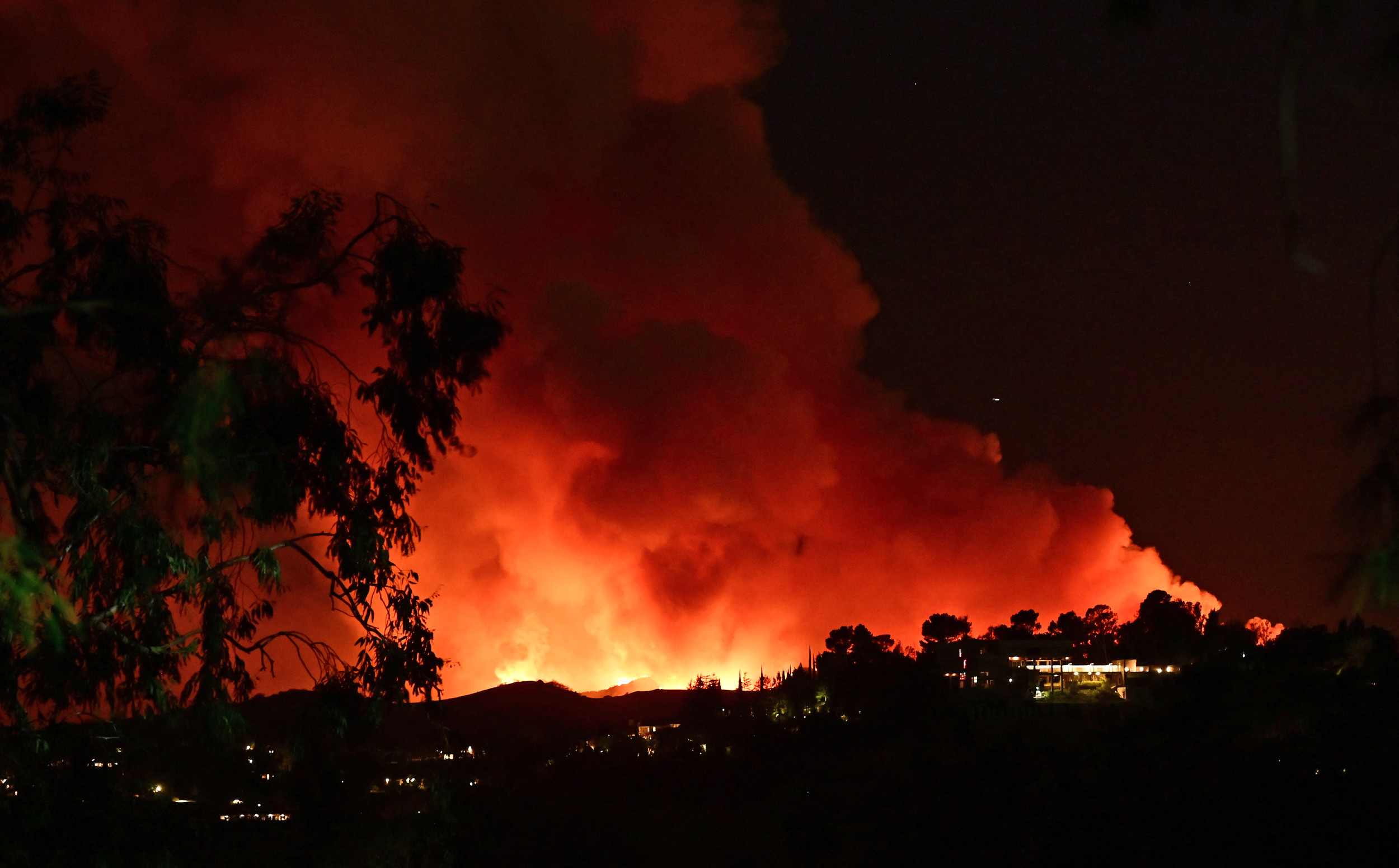After Tuesday's win by President-elect Donald Trump, questions began to be raised Wednesday over missing votes and why reports of record turnout did not lead Vice President Kamala Harris to victory.
More than 82 million people voted early this year, and with slightly more people registered to vote than in 2020, there was a perception that more people were fired up to vote for Harris over issues such as abortion and recent comments by Trump and his surrogates.
As Democrats struggled to come to terms with the results, claims were spread online that millions of votes had been lost or gone uncounted.
"Where did 20 million votes go when turnout was record-breaking?" one user posted on X, formerly Twitter. "There is no reasonable scenario in which we had record turnout for voting but there are 20 million votes missing. Both cannot be true."

Did more people vote in 2024?
"The vote totals in this election do not add up," another X user posted." Record turnout reported - 40-120% increases in voters across the country, and Trump ends up with the same popular vote total as 2020 and the Harris popular vote total declines by 15 million votes? Something is very wrong with this."
Other similar posts repeated claims of record turnout across the country, but numbers did not appear to show as big a shift over 2020.
In 2020, 66.38 percent of the eligible voting population turned out, with 159,738,337 ballots counted across the country, according to the University of Florida's Election Lab. There were 240,628,443 eligible voters that year.
As of 2 p.m. ET Wednesday, fewer people had turned out than four years ago—64.54 percent of the 245,741,673 eligible had cast ballots for a total of 158,549,000.
Despite warnings ahead of election night that it could take days to know the winner, Trump was declared the 47th president of the United States overnight Tuesday/early Wednesday.
That did not mean that all votes had been counted, however, with four states remaining uncalled as of early Wednesday afternoon: Alaska, Arizona, Maine and Nevada.
At the time of writing, 61 percent of votes were counted in the swing state of Arizona, with Trump at 51.9 percent to Harris' 47.2 percent. In Nevada, 93 percent of ballots had been counted, with similar results. California, meanwhile, was behind on 54 percent.
Why was voter turnout lower?
Analysis of different demographics showed a shift among women, Latino men, rural, young, first-time and moderate voters toward the right, despite Democrat hopes that interest from younger people was directed toward Harris.
According to CNN's 2020 exit poll, 64 percent of the 15,590 first-time voters surveyed backed Joe Biden, with 32 percent supporting Trump.
In the 2024 cycle, Trump had a 9-point lead over Harris among first-time voters (54 percent to 45 percent).
What did early voting show?
Analysis by NBC showed that 68,235,905 mail-in and early in-person votes were requested across the United States. Out of those, 43 percent were registered Democrats, 30 percent were Republicans and 27 percent were marked as "other."
By November 6, nearly 20 million more people had voted by either method, at 83,713,366—40 percent were Democrats, 39 percent Republicans and 21 percent other.
Harris and her campaign had encouraged voters to use these methods far more than Trump did, and this may have skewed initial numbers in the vice president's favor.
In the battleground state of Pennsylvania, where Democrats appeared confident of victory, 56 percent of early and mail-in ballots came from Democrats compared to one-third from Republicans.
CBS' breakdown showed Harris with 65 percent of the vote before Election Day, but then more Trump supporters turned out on November 5 to give him the lead.




















 English (US) ·
English (US) ·